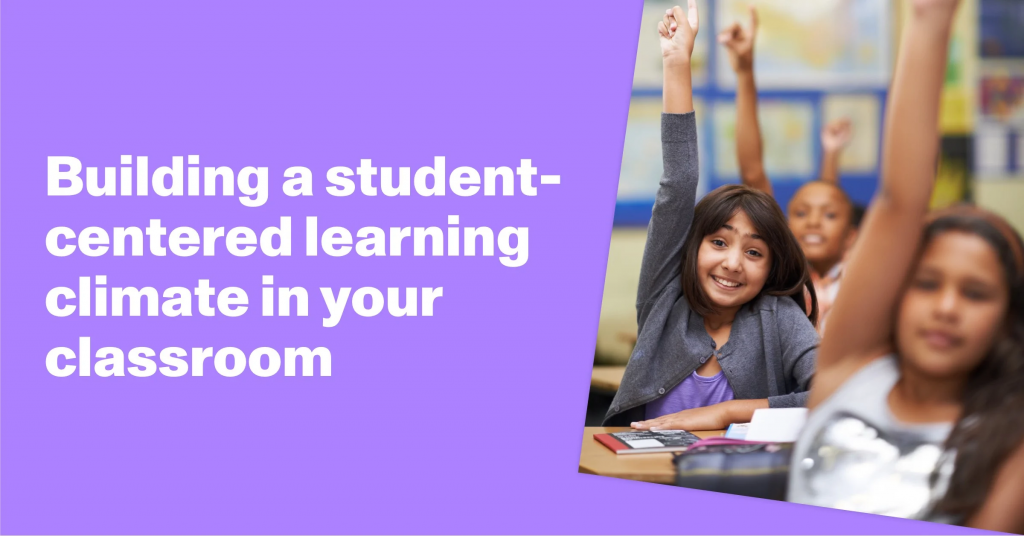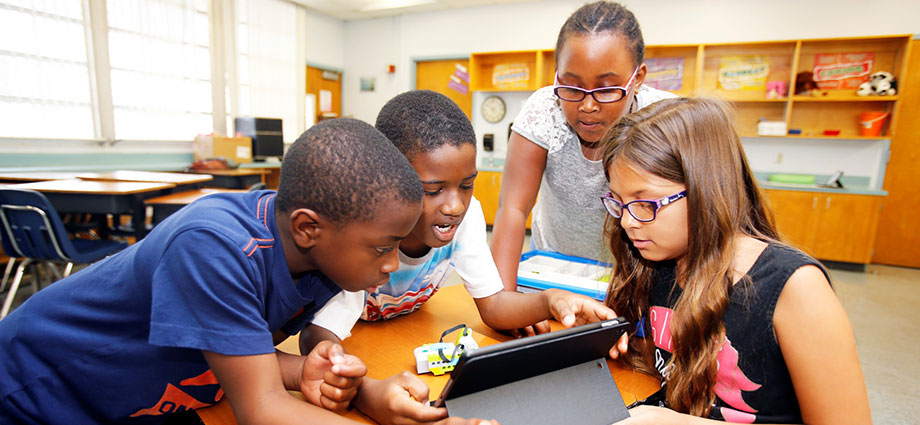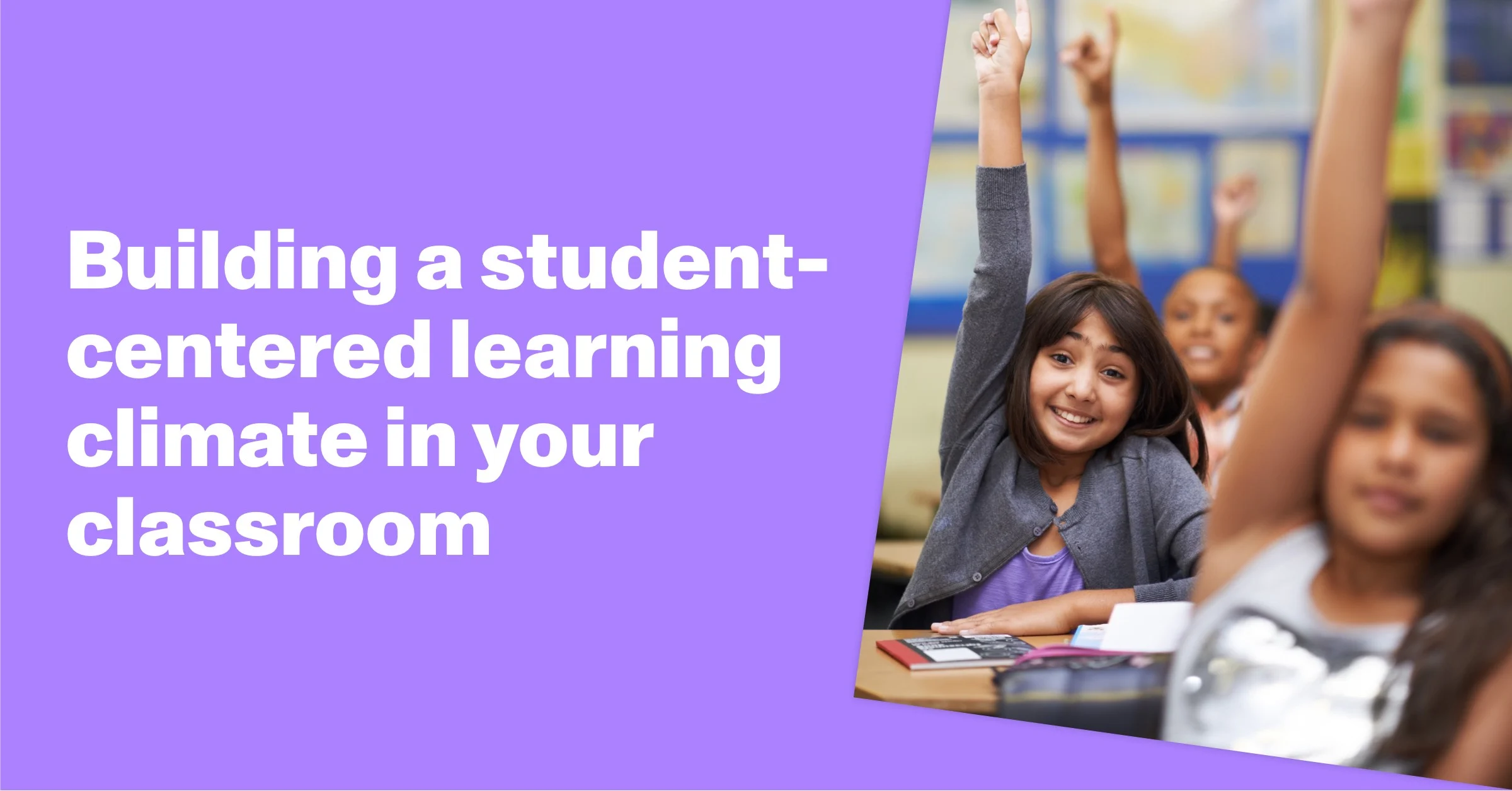
In a classroom, the students should be the focus. Hence the birth of the idea student-centered classroom. We’ve all heard of this phrase before, and most educators will agree with me that it is becoming a new norm and necessity in creating student-centered classrooms than developing a new way of teaching. The traditional classroom that we are all aware of, where students will sit in the classroom while the teacher does all the teaching is becoming a thing of the past.
So what exactly is a student-centered classroom? In short, a student-centered classroom, or student-centered learning environment, is one where the focus of instruction is shifted from the teacher to the student, with the end goal of developing students who are autonomous and independent, by placing the responsibility of learning in the hands of the students. Many advocates of student-centered learning would agree that it’s one of the most effective ways to help students develop the skills required for independent problem-solving and lifelong learning.
In the more traditional “teacher-centered learning” environment, the teacher is the center of the learning experience and takes the “active” role of teaching, while the students assume a more “passive” or receptive role. In contrast, in the student-centered learning environment, the interests of the students take center stage and the teacher gives students choice and voice, finding ways to provide learning experiences that focus on what students value. In the student-centered classroom, students take a more “active” role in the education experience.

However, creating a student-centered learning environment is not that easy, especially if you are used to the traditional way of teaching. For many educators, carrying out a student-centered form of teaching is easy to do in theory, but doing it in practice is another story. Below, we will give in-detail strategies and proven tips that can make a student-centered learning environment a reality in your classroom.
Build Communication and Trust
I use to say something, you cannot command respect through fear. This is what some teachers do – they believe that students can only respect you when they are scared of you. For a teacher with this kind of ideology, it will be impossible to create a student-centered classroom. Trust and open communication can be achieved when you are being fair with students, listening to them, and allowing them to speak. It is much easier to develop a student-centered classroom if you get started right away at the beginning of the school year. This gives the students an idea of what to expect for the rest of the year.
Here’s how you go about it, at the start of the school year, ask your students to share ideas on how they’d want their classroom experience to be. What are the rules they’ll like to have in place, and are there any expectations they want for the year? Give the students time to write their ideas and suggestions on the board. You’ll be surprised by their ideas and suggestions – you might even find some that’ll help in your quest for creating a student-centered classroom. This exercise, and similar exercises that can be performed throughout the year, communicate to students that what they say matters, and that you trust and value their input.

Turn your Classroom into a Community
In a traditional classroom, the teacher speaks, and the students listen. In a student-centered classroom, the students speak, the teacher listens and facilitates conversation when needed, and then thanks the students for their participation. By involving students directly in the education process, and by enabling them to interact with one another, students begin to feel a sense of belonging. More importantly, they are shown that what they feel, what they value, and what they think is what matters most. In the student-centered classroom, the teacher acts not only as an educator but as both facilitator and an activator.
Give Students the Opportunity to Lead
Providing students the opportunity to lead in the classroom is a great way to develop a student-centered learning environment that fosters engagement, and growth and empowers students to take ownership of the learning experience. Each day considers allowing a few students to take charge of individual activity, even if the activity requires content skills beyond the level of the students. Then note students between leadership roles so each student gets the opportunity to lead an activity. You may even consider introducing the leadership role, or activity they’ll be leading, to each student the day before so they’ll have time to prepare and really take ownership of their activity.

Find Ways to Integrate Technology
Developing a student-center classroom is all about engagement. The better you’re able to engage students in any activity or project the more involved they’ll become in the learning process. In today’s world, technology is one of the most effective tools for engaging students. Technology is not the future, it’s the present. Everything kids do these days revolves around technology–specifically mobile technology. Allow and invite students to use free web tools to present, curate, and share information. When students are given the opportunity to integrate existing web tools and technology into the learning process, they become eager, anxious participants in just about any learning activity.
Give Engaging Project-Based Learning Activities instead of Homework
In the traditional teacher-centered classroom, in-class learning and student productivity is lower, which makes it necessary to give more homework and regular testing for measuring learning and performance. In the student-centered classroom, where activities and projects are engaging, students become much more eager to learn, and in-class productivity is much higher. Where students complete school work outside of the classroom in a student-centered learning environment, it’s typically because they want to complete projects they’re working on inside the classroom.
Project-based learning is a type of learning through identifying real-world programs and developing real-world solutions. Many teachers are now using engaging project-based learning (PBL) to teach various subjects to their students and increase student effectiveness of learning in the classroom. When implemented effectively, project-based learning can replace the need for out-of-class homework and in-class learning becomes more productive.
Get students involved in their Performance Evaluation
In a traditional classroom, performance evaluation and learning assessment are reduced to a series of numbers and letter grades presented at the end of the term on report cards, through standardized tests and examinations. These measures say little about what a student is learning and provide little in the way of useful feedback to the student so he or she can improve their performance and achieve mastery.
The student-centered learning environment is based on a form of narrative feedback that encourages students to continue learning until they demonstrate they’ve achieved mastery of a subject. This form of learning, feedback, and evaluation encourage students to resubmit assignments and work on projects until mastery is achieved.

Create an Environment where the quest for Knowledge Guide Behavior–not Rules
Rules are what keep students in check. We do say that a city without rules, is without atrocities. But have you thought about it, maybe students misbehave when they are bored. In a teacher-centered classroom, the teacher is the only one teaching – and students spend half their time learning, and the other half trying to keep from being bored out of their skulls.
So what is the solution to the no rules idea? Engagement! If you keep activities engaging, the behavior will rarely be an issue. Having an engaging classroom environment, with engaging projects, engaging activities, and engaging discussions will foster mutual respect and encourage a pursuit of learning that leaves little time for disruptions.
It doesn’t matter if you’re a kindergarten teacher or high school instructor developing a student-centered learning environment will help your students become independent learners who will ultimately take charge of their own education–students who are curious, eager to learn, and willing to do whatever it takes to be successful.
